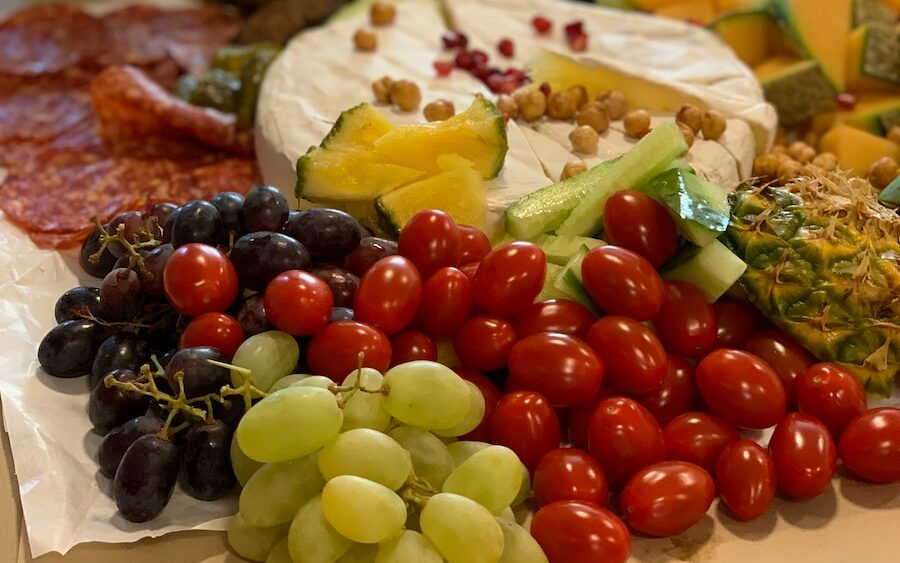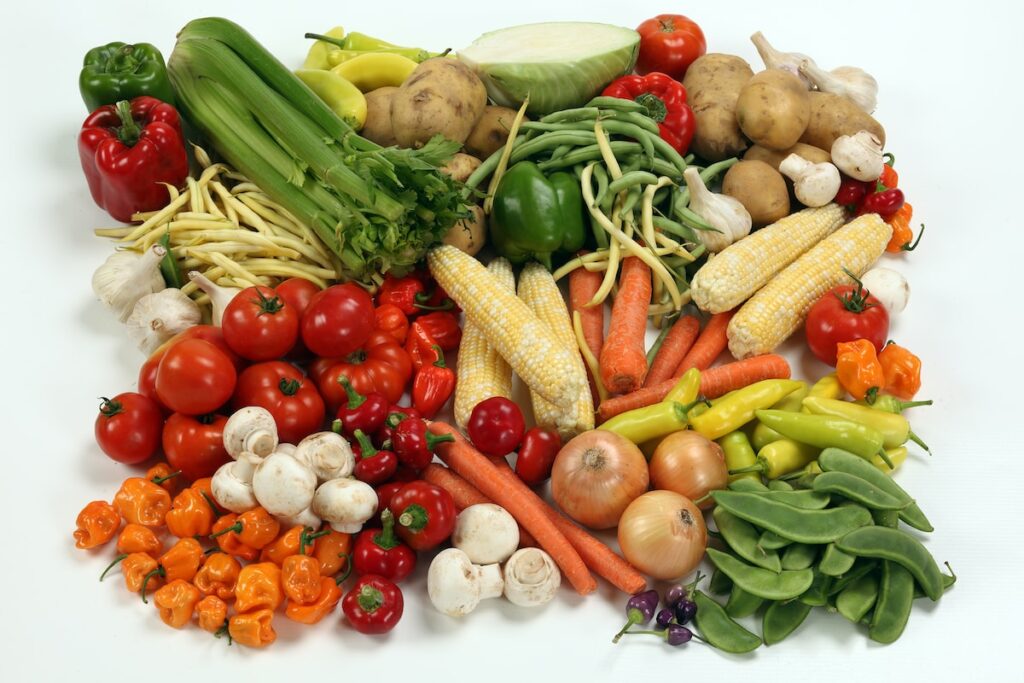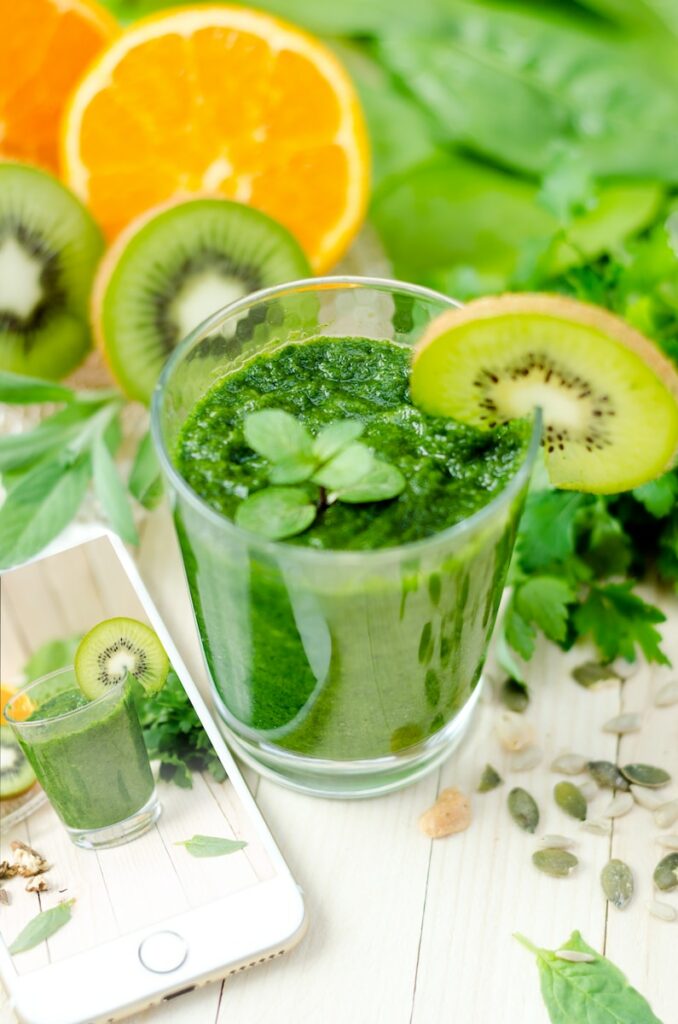Daily Rich Snacks to Close The Fibre Gap in Children’s Diet

Childhood obesity rates and related health issues continue to pose significant challenges for parents. Statistics reveal a startling truth – a vast majority of children are falling short of the recommended daily intake of fibre. According to data from the National Health and Nutrition Examination Survey (NHANES), only 1 in 10 children meet the daily fibre recommendations set by health experts. These recommendations vary by age, but generally, children should aim for at least 14 grams of fibre per 1,000 calories consumed.

The Fibre Deficiency Epidemic- the role of fiber
According to Harvard T.H. Chan fibre plays a crucial role in moderating the body’s utilization of sugars, aiding in hunger management and blood sugar stability. To maintain optimal health, individuals, whether young or old, should aim for a daily fibre intake of 25 to 35 grams. However, it’s concerning that the majority of Americans fall short of this goal, typically consuming only around 15 grams per day. Excellent sources of fibre include whole grains, whole fruits and vegetables, legumes, and nuts.
Fibre helps to keep our digestive system healthy. A high fibre diet may help to reduce our risk of heart disease and stroke, type 2 diabetes and colorectal (bowel) cancer. There are many different kinds of fibre, and they have different effects on our body.
Fibre- British Nutrition Foundation
Fibre is a crucial component of a healthy diet, offering a myriad of benefits that are particularly important for growing bodies. Several factors contribute to the fibre gap in children’s diets:
- Highly Processed Foods: Many children’s diets are dominated by highly processed foods like sugary cereals, white bread, and fast food, which are often low in fibre.
- Lack of Fruits and Vegetables: Kids tend to shy away from fruits and vegetables, which are excellent sources of dietary fibre.
- Excessive Sugar Consumption: High-sugar diets can displace healthier, fibre-rich foods in children’s diets.
- Busy Lifestyles: Hectic schedules often lead to convenience foods that are low in fibre but high in sugar and unhealthy fats.

How to close the fibre gap in children’s daily consumption
- Promote Whole Foods: Encourage children to enjoy whole grains, fruits, vegetables, legumes, and nuts. These foods are packed with fibre.
- Educate and Involve Kids: Teach children about the importance of fibre and involve them in meal planning and preparation.
- Limit Processed Foods: Reduce the intake of sugary snacks, fast food, and processed snacks in your child’s diet.
- Read Labels: Check nutrition labels for the fibre content of packaged foods and aim for options with higher fibre content.
The statistics and scientific evidence are clear: kids are not getting enough fibre in their diets, and this deficiency can have long-term health consequences.

Fresh ideas for Daily fibre-rich snacks
If you are a busy mom, or running our of ideas, here is a small collection of simple, fibre-rich snacks, easy to prepare, for a whole week. Keep them on hand for those hungry moments between meals!
Day 1:
- Snack 1– Apple & Peanut Butter Delight: Slice up some crisp apples and serve with a dollop of peanut butter for a classic and fibre-rich snack.
- Snack 2– Mini Whole Wheat Pita Pockets with Hummus: Fill small whole wheat pita pockets with hummus and chopped cucumbers for a fibre-packed and easy-to-assemble snack.
Day 2:
- Snack 1– Carrot Sticks & Hummus: Baby carrots and hummus make a crunchy and creamy combo that kids will love, while providing a healthy dose of fibre.
- Snack 2– Oatmeal Raisin Energy Bites: Mix rolled oats, raisins, honey, and a dash of cinnamon, then roll into bite-sized balls for a satisfying and fibre-rich snack.
Day 3:
- Snack 1-Grape Kabobs: Thread grapes onto wooden skewers for a fun and portable snack that’s also high in fibre.
- Snack 2– Cheese and Whole Wheat Crackers: Pair whole wheat crackers with small cubes of low-fat cheese for a balanced and fibre-filled snack.
Day 4:
- Snack 1– Broccoli Trees & Ranch Dip: Steamed broccoli florets with a side of low-fat ranch dressing make for a nutritious and crunchy snack.
- Snack 2– Mixed Berry Smoothie: Blend together mixed berries, Greek yogurt, and a touch of honey for a creamy and fibre-rich smoothie.
Day 5:
- Snack 1– Strawberry Parfait: Layer Greek yogurt, fresh strawberries, and a sprinkle of granola for a delightful and fibre-packed parfait.
- Snack 2– Banana with Almond Butter: Slice a banana and spread almond butter on each slice for a quick and satisfying snack.
Day 6:
- Snack 1– Cucumber Rounds Slice cucumbers into rounds and top with cream cheese or tzatziki sauce for a refreshing and fibre-filled snack.
- Snack 2– Trail Mix: Create a custom trail mix with a mix of nuts, seeds, dried fruits, and whole grain cereal for a crunchy and fibre-loaded snack.
Day 7:
- Snack 1– Corn on the Cob Boil or grill some corn on the cob for a tasty and fiber-rich treat that kids can hold and nibble on.
- Snack 2– Edamame: Steam edamame and sprinkle with a pinch of sea salt for a protein-packed and fibre-rich snack.
With these additional snack ideas, you’ll have a diverse selection of fibre-rich options to keep your kids satisfied and nourished throughout the week.
Do you want to share your story and inspire our readers ? Know that every story is paving the way for a brighter, happier future.





